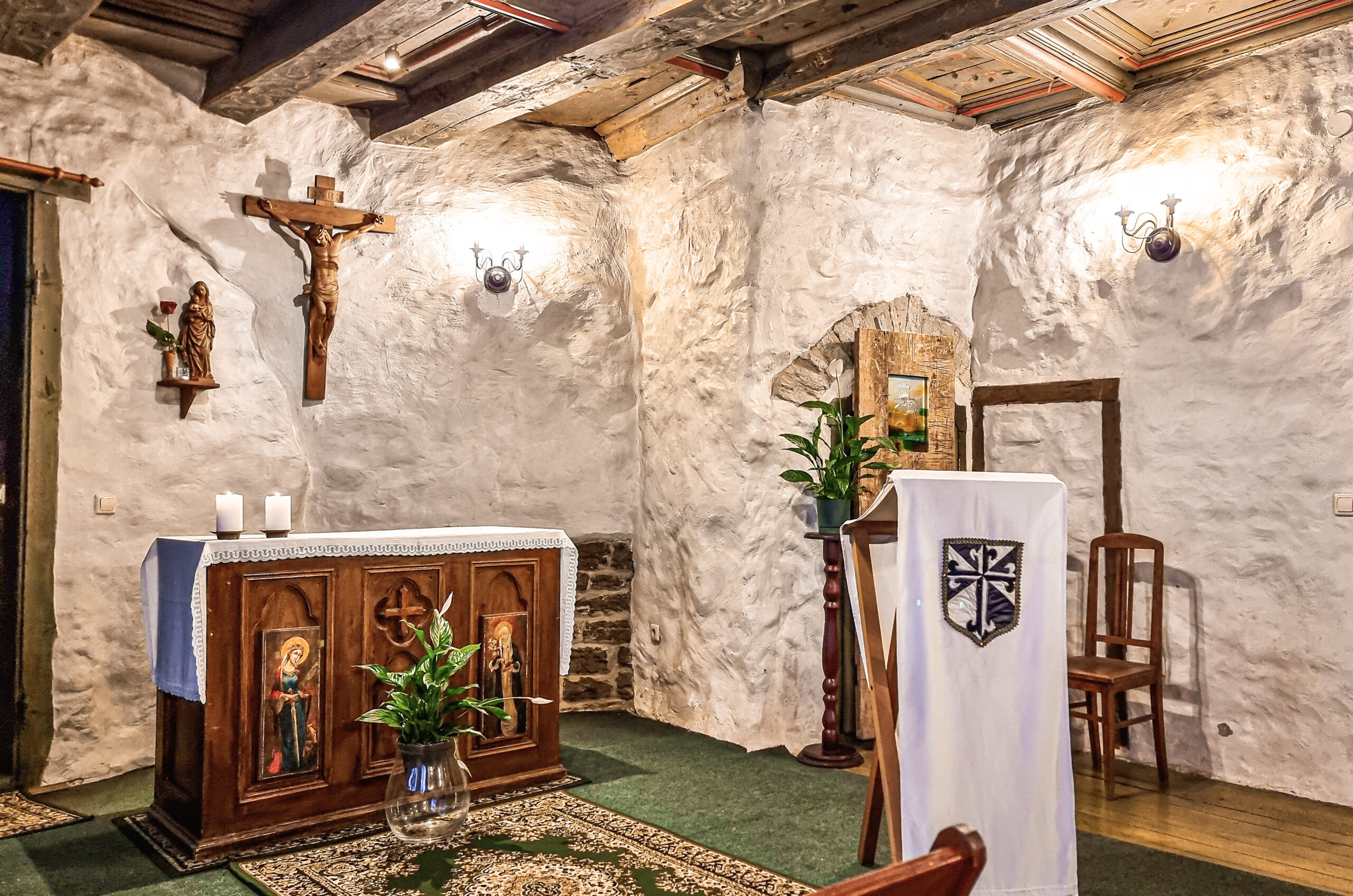ABOUT OUR ACTIVITIES
Who are the Dominicans?
This question cannot be answered in one or two sentences, because the Order of Preachers is made up of a very diverse group of people: old and young, consecrated and unconsecrated, single and married, women and men with different educational backgrounds and different religious habits. Diversity is the key to understanding Dominican spirituality.
But for more than 800 years, we have been united by the fact that we walk in the footsteps of Saint Dominic. This means that we are Christians who have bound ourselves to the Dominican Order by vowing to obey the laws and rules of the Order. This promise requires a certain rhythm and commitment. We turn our lives towards God, and do all we can, in different ways, to proclaim the Gospel, the Good News of Jesus Christ. We have a shared responsibility to do this "to save people". This was also the aim of St Dominic when he founded the Order of Preachers.
The Dominican Order is also called the Order of Preachers and is active in many countries. At the moment, the Order has around 5,200 brothers, 2,500 nuns, 130,000 lay members and 25,000 apostolic sisters.
The Dominicans arrived in Estonia in 1239. in. Their history here has been an eventful one, with its ups and downs, like that of the country as a whole.

